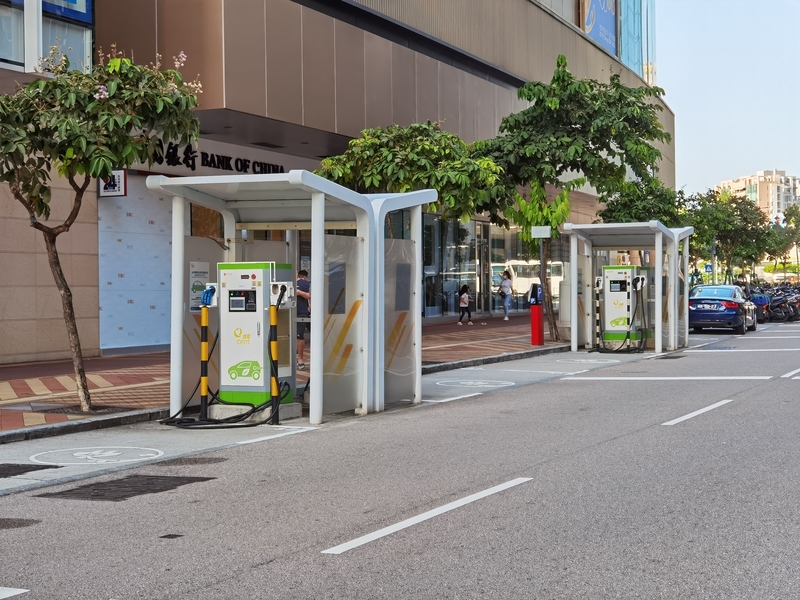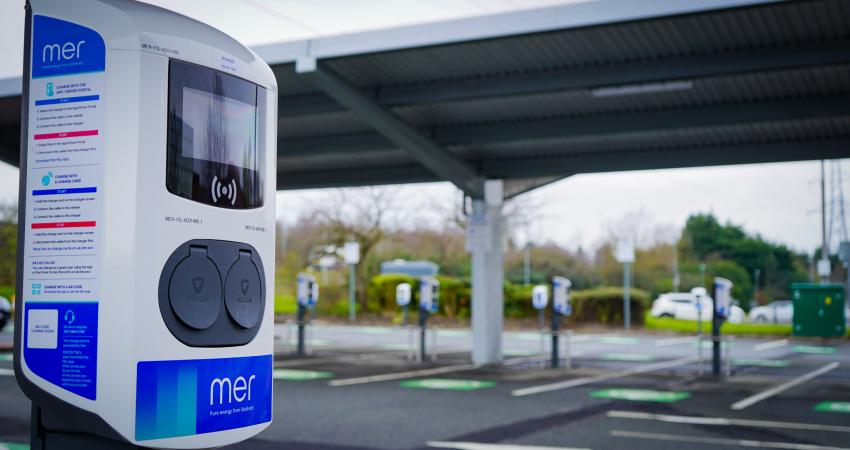
One energy non-profit in the US thinks so. RMI, an independent non-profit founded as the Rocky Mountain Institute in 1982, is a proponent of what it calls “X-change.” Essentially, it means the EV market will grow exponentially, not in a linear fashion. Soon, critical masses will be reached that dramatically quicken growth.
EV growth is enough that global oil demand for cars has already peaked – and will be in freefall by 2030, the company states in the report, produced in partnership with Bezos Earth Fund.
“The end of the internal combustion engine (ICE) age has begun,” RMI states.
The 44-page report includes a summary that asserts:
EVs are growing on S-curves. Northern Europe and China have established these exponential growth patterns. These regions show it takes about six years for EVs to get from 1% to 10% market share of new car sales – and just another six years to get to 80%.
Economics is the new driver. Electric and ICE vehicles now cost the same amount to operate and “sticker price parity will be reached in every major car market and segment by the end of the decade,” the report states.
Factory output is growing. Companies are already building enough battery and car factories for EV to dominate car sales by 2030.
Feedback loops quicken change. Companies and countries are reallocating talent and resources toward EV, and away from ICE, as EV grows.
EVs will dominate sales by 2030. “If we continue to solve the challenges and sales continue up the S-curves, then EVs will make up between 62% and 86% of (global) sales by 2030,” the report states, adding that EV will have 90% market share in China.
ICE demand is falling. Demand for new ICE vehicles peaked in 2017 and has been falling at 5% annually since. “Rising scrappage and falling sales mean that the ICE fleet is about to peak and will be falling rapidly by 2030,” the report states.
Oil demand has peaked. Global oil demand to fuel cars peaked in 2019 and is currently on a typical plateau, squeezed between efficiency gains and the growth of EVs. By 2030, oil demand for cars will be falling at over 1 million barrels per day – and counting.












